Volkswagen Banishes Frost With Anti-Fog and Anti-Icing Windshield
One of the worst parts of winter has to be waking up early to scrape the ice and snow off of your car (especially on a Monday morning). But Volkswagen is now working on a way to make those frosty mornings brighter – by introducing a first anti-fogging and anti-icing car windscreen.
Working in conjunction with the Fraunhofer Institute for Surface Technology (IST) in Braunschweig, VW Group claims to have the solution for this particular winter turn-off. Their invention uses new glass panes that don’t allow an ice layer to form in the first place, even at temperatures as low as -18 C or -0.4 F.
How is that possible, you may ask? Well, VW says the secret lies in a wafer-thin transparent coating of indium tin oxide that is applied to the window. This, in theory, stops heat from moving upwards and prevents or delays cooling of the glass surface to below the dew point.
“We call this a ‘Low-E’ (low thermal emissivity) coating. Applied to the outer glazing, it prevents heat from radiating skyward. We are proud of this innovation and will promote it throughout the Group. That is because an ice-free window is an added convenience to our customers,” explains Thomas Drescher of Volkswagen Development. “The ‘Low-E coating’ cannot prevent ice formation or condensation entirely, but it can significantly reduce the likelihood of it happening.”
There are still some bugs to iron our before Volkswagen can offer the technology on production models. One problem is that new coating interferes with radio transmission that affects radio and mobile phone reception.
We hope they work out the issues soon and get this to market. How did no one think of this before?
More by Amy Tokic



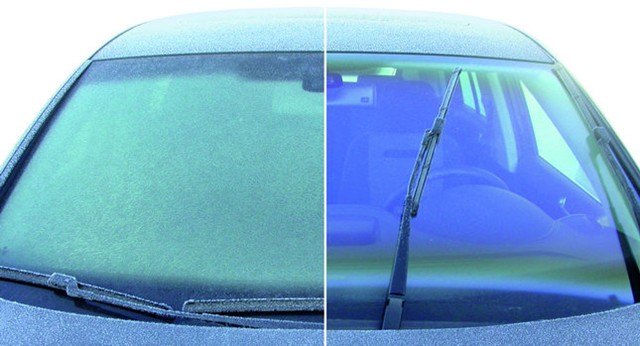













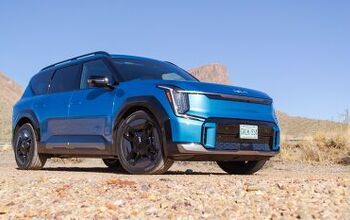


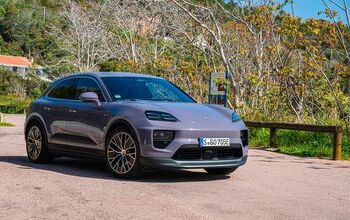
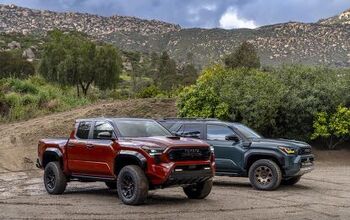

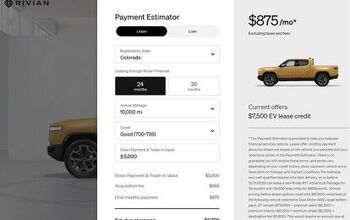
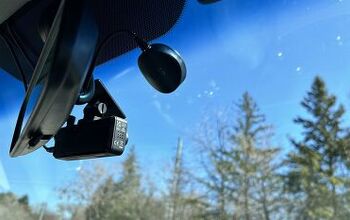

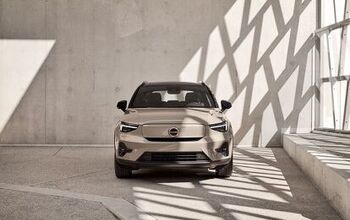



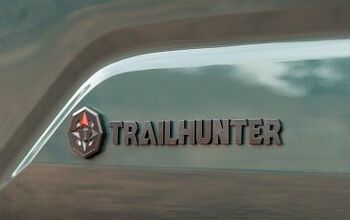

Comments
Join the conversation
If it stops mobile phone signals then that is a bonus not a negative. You shouldn't be using the phone when you are driving.
"One problem is that new coating interferes with radio transmission that affects radio and mobile phone reception." Indium tin oxide is used on the canopies on some combat aircraft for this reason. It reflects radar away more cleanly than letting it scatter around all the complex shapes in the cockpit, which makes the plane more difficult to detect with radar. I've wondered before if tinting a car's glass with indium tin oxide would make it harder for a radar gun to read it's speed. I wonder if that'd be a side effect of this "Low-E" coating...